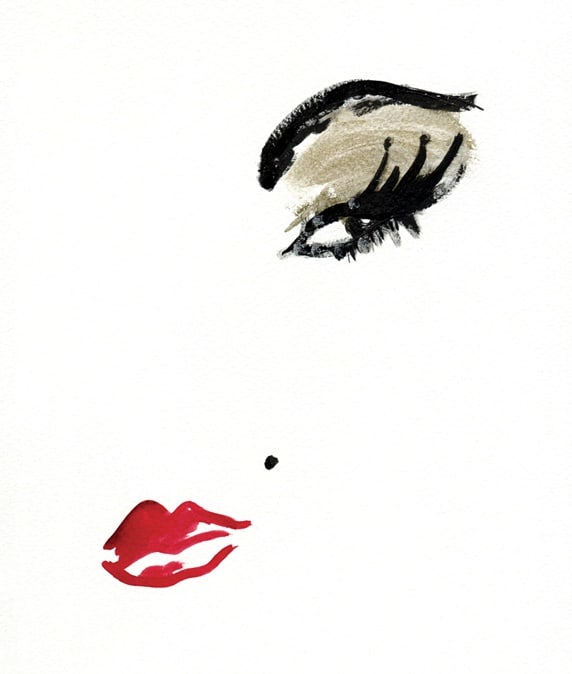Have questions about moles and want to understand them better? Well, we’ve got you covered! This week under our beauty microscope we take a closer look into what are moles and clear some misconceptions and myths held about them:

What Exactly Are Moles?
A very common type of skin growth, moles are primarily a group of cells that grow in a clustered way rather than spreading out in the skin. They can appear on flat skin or form a bump. The pigmented group of cells clumping up together gives them their relatively darker colour. These cells are called melanocytes and as time goes by, exposure to the sun and hormonal changes during teen years and pregnancy may cause their coloration to change and become darker, while also causing increment in the size. Moles usually appear during childhood and adolescence and approximately the first 25 years on average.
One can develop anywhere from 10 to 40 moles, on any area of the skin, including but not limited to: scalp, armpits, under the nails, and between the fingers and toes. They can grow in groups in one area of the skin or be quite distant. As time passes by, their colour may change enough for them to even fade away. Most moles are oval or round, no bigger than 6 millimetres in terms of their diameter and their colours can range anywhere from brown to tan, black to blue, and red to pink. Hair growth on the surface or along the skin of the mole is normal. They are generally very common and benign, but it is good to monitor them just like any other skin growth, in case they become cancerous at any point in time.

Types of Moles
They can be categorised into three types:
- Congenital Mole: These are moles a child is either born with or develops soon after birth. Most of such moles are not likely to become cancerous unless there is some sort of abnormal growth.
- Acquired or Common Mole: These moles are developed later in life and their appearance is often associated with sun damage. They are generally benign and are not likely to develop into melanoma, but should be closely observed for any unusual changes.
- Atypical or Dysplastic Mole: Irregularly shaped and unusually large moles with possible multiple colourations. They may not necessarily have anything to do with melanoma but are at a higher risk of becoming cancerous.
When wondering about your mole and observing it for any issues, don’t forget the ABCDE’s of Melanoma:
- Asymmetry: Unequal sides of the mole.
- Borders: Irregular edges should be taken note of.
- Color. Major changes in the color of the mole or multiple colors apparent in one mole are both of concern.
- Diameter. Unusually large moles could be a sign of something more.
- Evolving. Changes in moles should be observed closely for unexpected developments in the shape, size, colour and even texture of the mole.
If your mole shows any of the above signs or any other unusual symptoms, it’s time to book an appointment with your dermatologist. Moles can be removed surgically if needed, leaving a scar. But it is neither advisable nor needed unless they become problematic.
Moles and Myths
- More moles means more problems: This is actually true, usually more than 50 moles is a significant sign of some serious skin condition concerns.
- New moles are more likely to be cancerous: Though the ratio between new and old moles is fifty-fifty so there is an equal probability of this happening or not, it is wise to keep an eye on any new moles appearing out of the blue.
- Injuring your mole means removal is required: Nope, first of all, the mole should be cleaned properly to avoid contamination. Then a remedy or topical application that can help with tissue regeneration should be made use of to promote cell growth that keeps the skin intact.
- Mole injuries can lead to cancer. Incorrect. Unless a mole already presents signs of melanoma which if is the case injuring sick tissues can promote melanoma growth.







What do you think?
You must be logged in to post a comment.